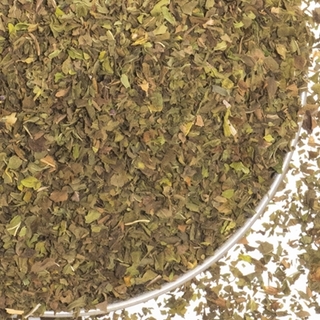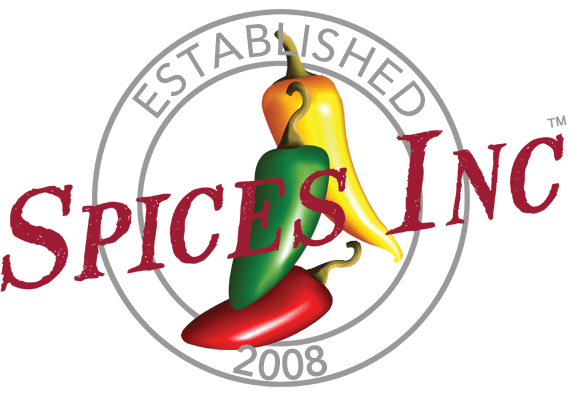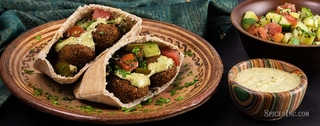Dried Mint


Dried Mint
Dried Mint, Mentha spicata, is also called dried spearmint leaves, dried mint leaves, or dry spearmint. Dried Mint has an essential oil content of .5%.
In the aftermath of the Boston Tea Party (1773 AD), it became unpatriotic in Colonial America to drink tea so the use of herbs became a substitute to highly taxed British imported tea. Spearmint leaves were one of the more frequently used herbs for this, making it an important cash crop in Connecticut.
It is popular with Middle Eastern, Mediterranean, and Greek restaurants, coffee, tea, sauce, and pickle manufacturers, breweries, spice and olive oil shops, and distillers.
Flavor Profile
Dried Mint tastes refreshingly sweet, with a peppery burst and lemony undertones.
How to Use
Dried Mint is best used to compliment bold flavors such as rubs that are heavy on chiles and pepper, or hearty root vegetables. It is probably best known as a key ingredient in Middle Eastern Tabouli, and the street food dish, Falafel. Stir into yogurt sauces like Tzatziki Sauce. Dried Mint adds a delightful zest to lentils, salad, cooked vegetables, noodle and bean soups or a hearty vegetable stew. Use as a finishing herb when making Creamy Lentil Stew with Mushrooms and Kale. Dried Mint is excellent in savory casseroles like traditional Turkish Imam Bayildi. Add more flavor to traditional rice by stirring Dried Mint to Lemon Rice. Adding Dried Mint at the end of cooking is a better way to enhance mint’s nuances.
Dried Mint pairs well with coconut, green chiles, onions, amchur, cardamom, shallots, basil, cilantro, lemongrass, and lime, and is regularly used in chutneys, salads, beverages, curries, soup, salad, spring rolls, stir-fries and dips.
| Also Called | Dried spearmint leaves, dried mint leaves, or dry spearmint |
| Species | Mentha spicata |
| Ingredients | Dried spearmint leaves |
| Flavor Profile | Refreshingly sweet, with a peppery burst and lemony undertones |
| Oil content | .5% |
| Recommended Uses | Casseroles, chocolate pastries, lamb, lentils, root vegetables, rubs, tabouli, vegetable stews, yogurt sauces, bean and noodle soups |
| Cuisine | Global |
| How To Store | Airtight container in a cool, dark place |
| Shelf Life | 6-12 months |
| Country of Origin | Egypt |


